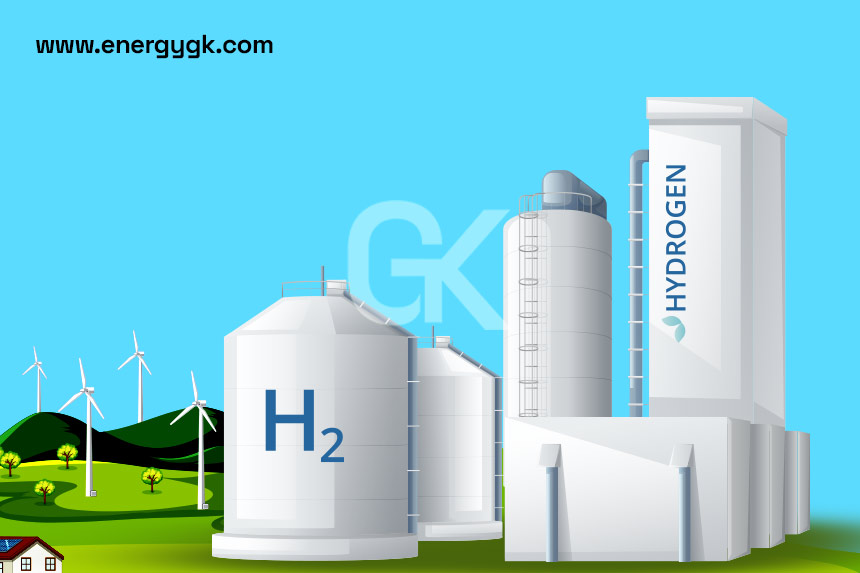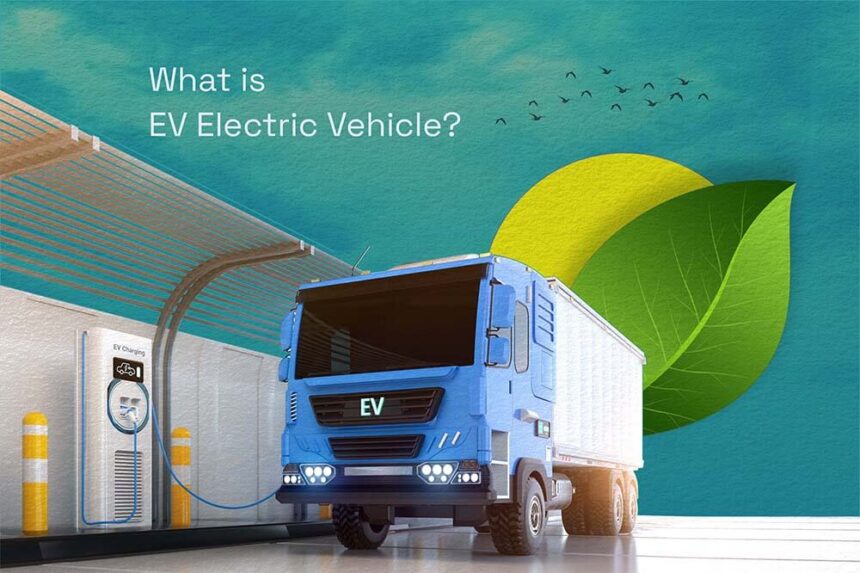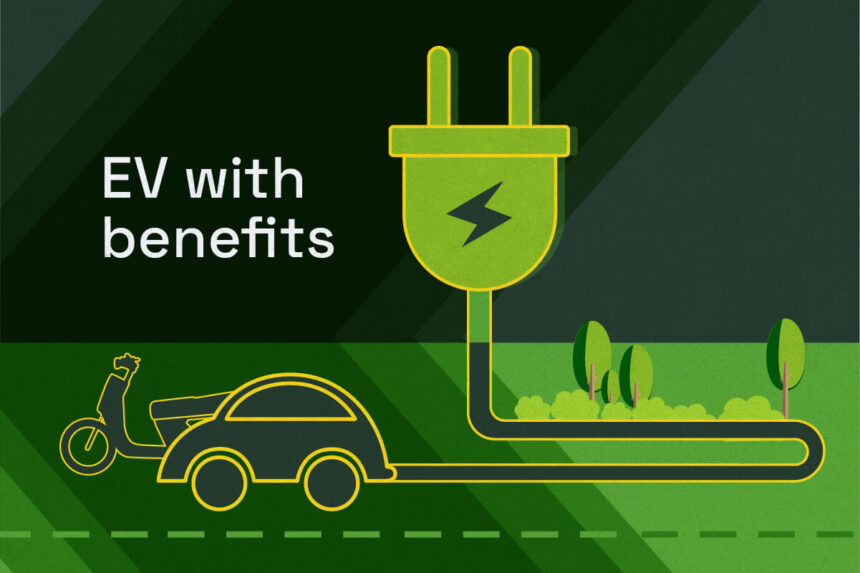Over the past ten years there has been a noticeable global shift toward renewable energy sources. With regard to finding clean and sustainable energy solar power in particular has become a prominent solution. Nevertheless the intermittent nature of solar energy poses a significant challenge in its utilization. There are times when solar panels generate little to no electricity because the sun doesnt always shine. This is where batteries—a type of solar energy storage—become extremely important in the solar revolution.
Comprehending Solar Energy Storage. The process of storing extra energy generated by solar panels during the hours of maximum sunlight is known as solar energy storage and it is used to power devices when the sun isnt shining. To maximize the effectiveness and dependability of solar power systems this procedure is necessary. The principal technology employed for this purpose is batteries whose advancement has played a major role in driving the global embrace of solar energy. battery types used for storing solar energy.
Batteries with lithium ion: Benefits include efficiency longevity and high energy density. Applications include portable electronics electric cars and home solar systems. Obstacles: Expensive and resource-intensive manufacturing.
Lead-Acid Battery: Benefits: Reduction in expense and proven technology. Applications include backup power options and off-grid solar systems. Problems: Less energy density and a shorter lifespan than lithium-ion batteries.
Flow Batteries: Benefits include safety longevity and scalability. Applications: Grid applications utilizing large-scale solar energy storage. Challenges: Initially more expensive and complex.
Batteries in saltwater: Benefits: sustainable safe and kind to the environment. Applications: Solar systems for homes and small businesses. Challenges: Relatively new technology and lower energy density.
The Improvement of Solar Energy Systems through the Use of Batteries.
1. Security and Dependability of Energy. By storing excess solar energy for use at night or on cloudy days batteries enable businesses and homeowners to become energy independent. This lessens dependency on the grid and offers a dependable power source in the event of an outage.
2. Grid Stability. Batteries in large-scale solar installations aid in grid stabilization by storing excess energy and releasing it during times of high demand. By maintaining a balance grid overload is avoided and a consistent supply of electricity is guaranteed.
3. Peak Reduction and Load Adjustment. Batteries make peak shaving possible which eases the load on the grid and lowers electricity costs by utilizing stored energy during periods of high demand for electricity. Optimizing energy consumption and reducing costs is achieved through load shifting which entails storing energy during off-peak hours and utilizing it during peak hours.
4. Combination with Electric Cars (EVs). Battery storage improves the synergy between solar energy and electric vehicles. In order to encourage the use of clean energy for transportation solar-powered EV charging stations with batteries can store solar energy and charge cars even when the sun isnt shining.
Future Trends and Innovations. Given the steady progress in battery technology and the emergence of creative solutions solar energy storage has a bright future. Among the important trends are:.
1. increased lifespan and efficiency of the battery. In order to make solar energy storage more dependable and affordable ongoing research attempts to improve battery efficiency density and lifespan.
2. Recycled batteries. Reusing old electric vehicle batteries to store solar energy is becoming more popular. These recycled batteries reduce waste and increase battery life offering a sustainable energy storage solution.
3. Batteries with solid states. The use of solid electrolytes in place of liquid ones in solid-state batteries offers the advantages of increased energy density increased safety and extended lifespan. In the next few years this technology has the potential to completely transform solar energy storage.
4. System Hybrids for Energy Storage. The best of both worlds can be achieved in hybrid systems by combining various battery types and energy storage technologies. These systems have the potential to optimize energy storage improve dependability and reduce expenses.
Conclusion
The solar revolution is largely attributed to batteries which make it possible to store solar energy effectively and dependably. The role that batteries play in storing solar energy will only grow in importance as technology advances. Batteries are laying the foundation for a cleaner greener future by addressing the intermittent nature of solar power and offering a sustainable energy solution. Accepting these developments will be essential to meeting global energy targets and halting climate change.






